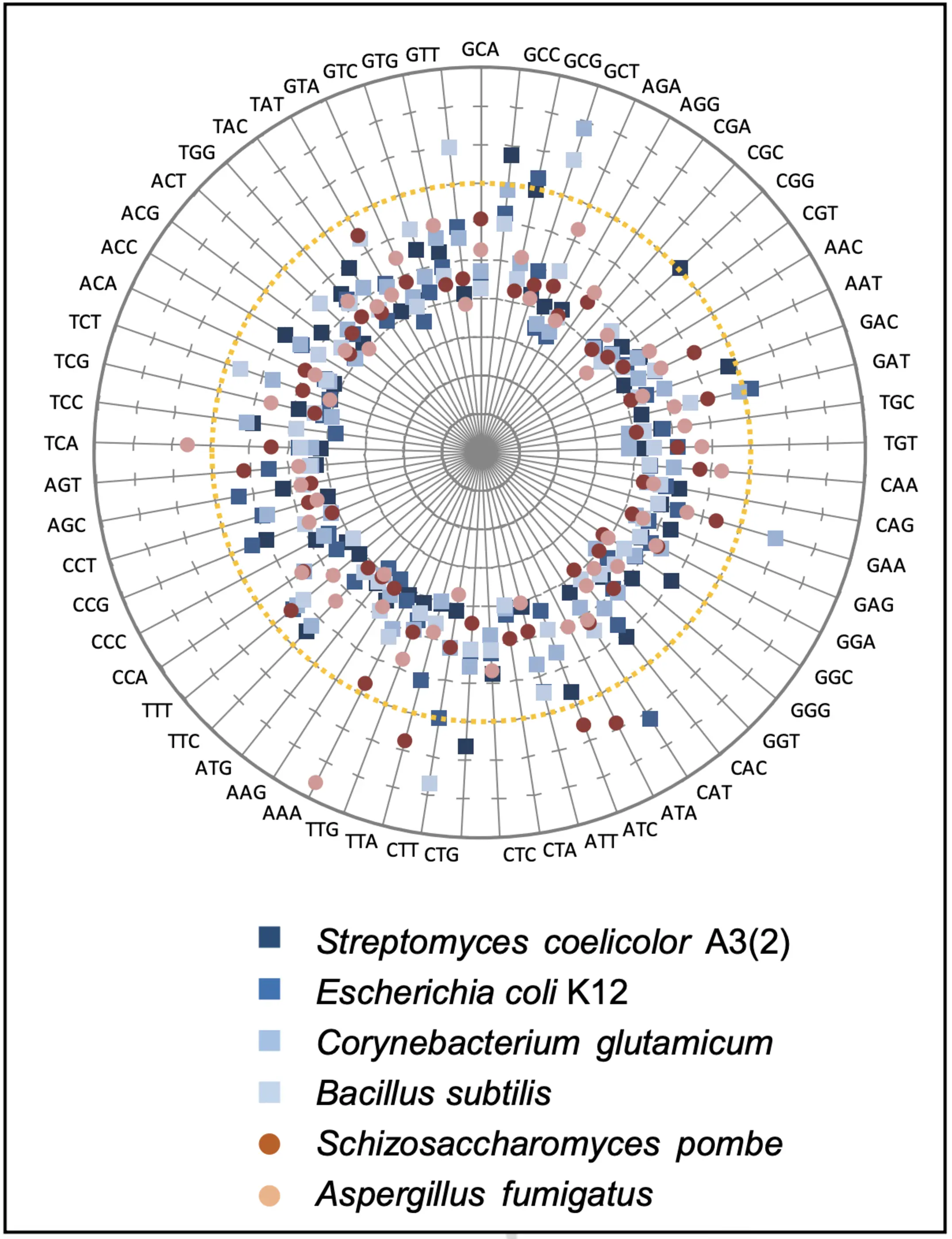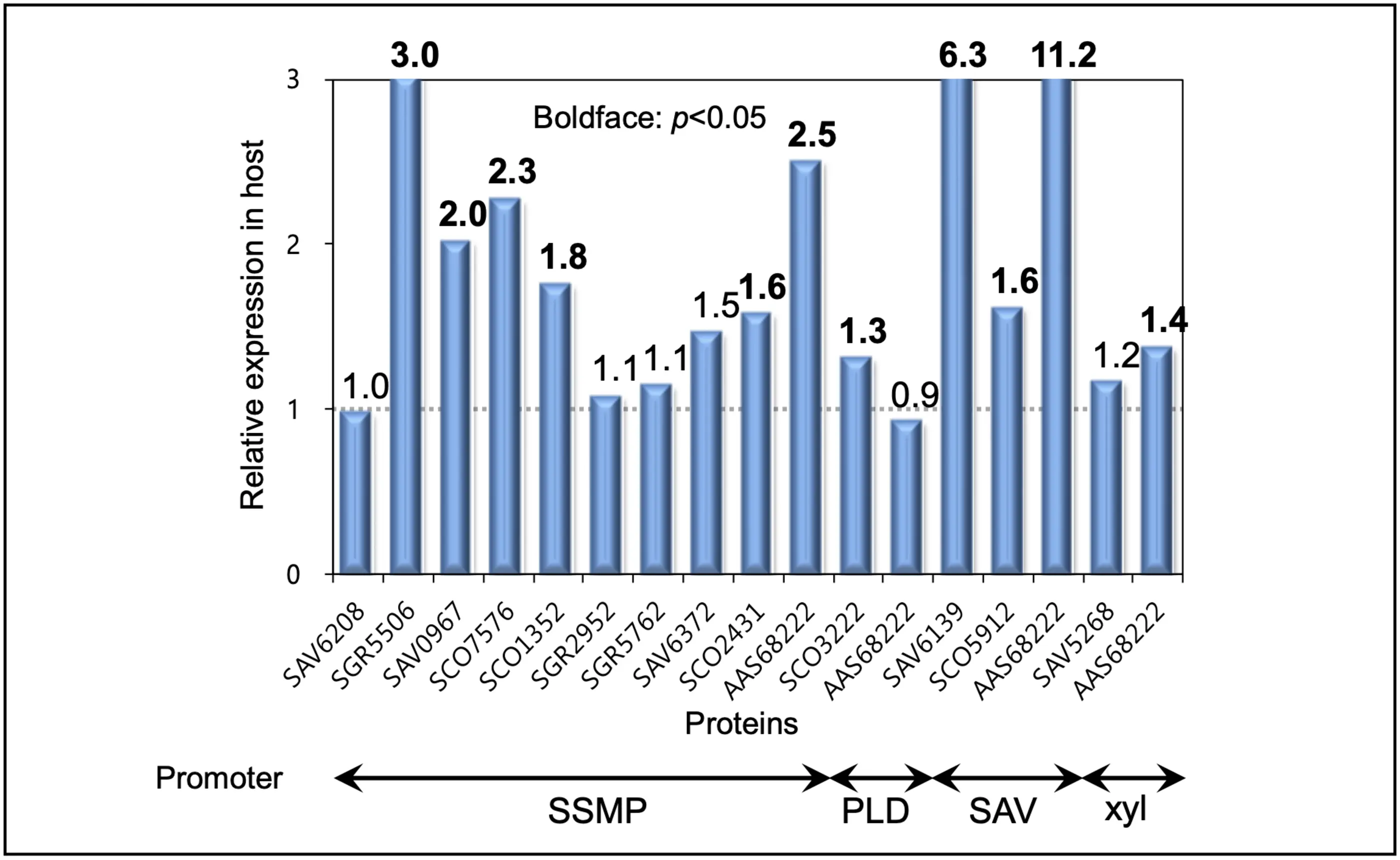Technology to Boost Production Yields With a Focus on tRNA Availability
NAGASE developed a technology that uses high-availability transfer RNA (tRNA) to improve production yields in microbial fermentation.
Summary
Technologies for mass-producing proteins in microorganisms are essential issues for not only academic research but also industrial production (Figure 1). As one of the solutions to the problem, a host cell is transfected with a gene which may contain portions that code for tRNA corresponding to rare codons (i.e., codons infrequently used by the host cell). Also, the rare codons in the gene are replaced with frequently used synonymous codons to generate a codon-optimized gene.¹⁻³ The frequency of tRNA used in the host cell is defined as the availability rate (Figure 2). Transfecting host cells with genes that code for highly available tRNA improve the yield of the target compound produced by the host cell.⁴

Figure 1 Producing substances with microbial fermentation
Description
What does tRNA do, and what does “availability rate” mean?
In the protein translation process within cells, tRNA carries an amino acid that corresponds to a given codon. Different types of tRNA are used at varying frequencies during translation.
The concept of tRNA availability is key to the technology discussed here. The availability rate of tRNA corresponding to the codon AAA, for example, represents the ratio of tRNA (corresponding to the codon AAA) gene number to the frequency of codon AAA that appears in all coded genes in the genome.
Figure 2 shows the availability rates of tRNA in host microorganisms commonly used in industrial production. Importantly, high-availability tRNA differs from species to species.

Figure 2 Distribution of tRNA availability
What are the effects of using high-availability tRNA?
Protein yields in the expression host Streptomyces violaceoruber 1326 are shown in Figure 3. The yield of more than half of the proteins increased significantly when the host was transfected with a gene coding for two high-availability tRNA types as determined through theoretical calculations. Furthermore, similar increases in production yields were obtained in the expression host Escherichia coli K12. Transfecting Streptomyces hosts with genes using high-availability tRNA also improved yields of non-protein chemicals.

Figure 3 Evaluation of protein yields
The Wide-Ranging Effects of this Research
The concept of tRNA availability defined here is applicable to all organisms, microbial and otherwise, and therefore has applications in many expression hosts now in use.
References
1. Rosenberg AH. et al. Effects of consecutive AGG codons on translation in Escherichia coli, demonstrated with a versatile codon test system. J.Bacteriol (1993) 175(3): 716-722
2. Brinkmann U. et al. High-level expression of recombinant genes in Escherichia coli is dependent on the availability of the dnaY gene product. Gene (1989) 85(1): 109-114
3. Seidel HM et al. Phosphonate biosynthesis: molecular cloning of the gene for phosphoenolpyruvate mutase from Tetrahymena pyriformis and overexpression of the gene product in Escherichia coli. Biochemistry (1992) 31(9): 2598- 2608
4. Method for improving yield of substance from micro-organism, and kit using said method. Japanese Patent, No. 5927593 (2016)
We’re Here to Help
Complete the following fields with your information, as well as a short, detailed description of your request and a NAGASE Specialist will be in touch with you shortly.











